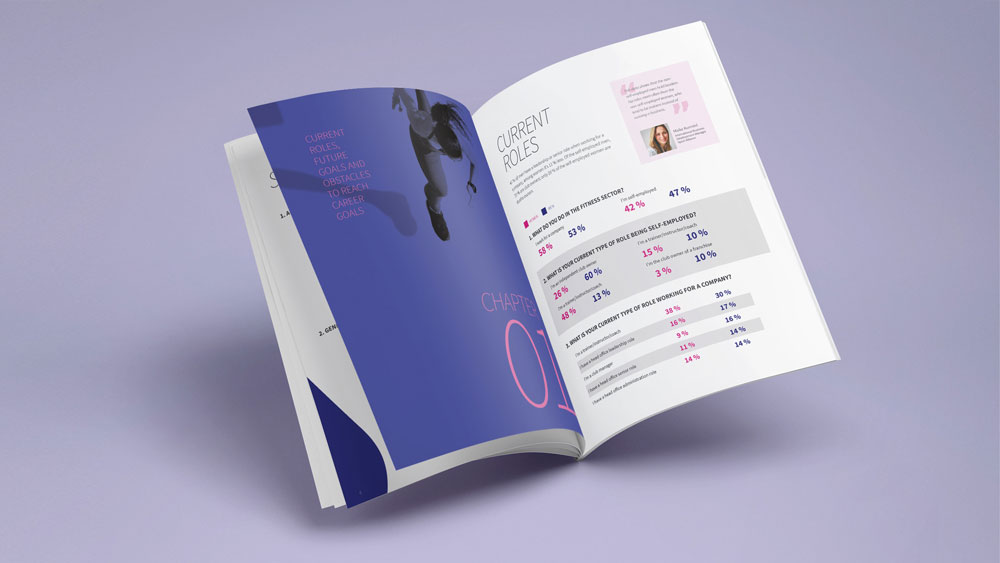
The Fitness Industry Remains Male Dominated | Sport Alliance
Aug 03, 2022By Ariam Debas
Diversity in the workplace - not only in the public perception, but also in companies, the topic is getting more attention. This is a positive development, but there is still work to be done to achieve equality for women. The fitness industry also has some catching up to do. One example: While 70 percent of men surveyed are self-employed gym owners, only 29 percent of women are.
For this reason, the Sport Alliance and the Women in Fitness Association (WIFA) have joined forces to draw attention to the issue of gender equality in the fitness industry. To that end, a global online survey was conducted between September 2021 and March 2022, with a total of 679 people working in the fitness industry participating. This data is not representative of the industry. Nevertheless, the results provide interesting insights into the structures of the industry.
Role distribution in the fitness industry
Especially in leadership roles, one sees a large percentage difference between women and men. 47 percent of men employed by a company in the fitness industry are in a leadership role. For women, that number is 11 percent less. In the context of self-employment, men make up 70 percent of gym owners. For women, however, that number is only 29 percent.
The fitness industry remains male dominated
“These data show the trend that men are more likely to be in leadership roles in businesses than women. Among the self-employed, most women are trainers rather than running their own businesses,” said Maike Kumstel, International Business Developer at Sport Alliance.
Leadership positions harder to achieve for women
As the major obstacles for reaching their career goals, people cited feeling underestimated and not respected and having low chances of getting promoted. Women also highlighted the fact that it is hard to combine family and work as a major obstacle.
For women who are in leadership positions, 27 percent say their path to becoming a leader was more difficult because of their gender. By contrast, among men, only 7 percent cite this as a reason.
Female leaders feel that gender imbalance in the workplace results in lower opportunities for promotion, gender discrimination and a lower salary for women.
“As non-executives, men and women face similar obstacles in their career paths. But as you climb the career ladder, the gender gap becomes more pronounced, resulting in disadvantages for women. Being a boss in 2022 is unfortunately still a male domain,” says Artur Jagiello, Head of Marketing & Communications at Sport Alliance.
Men have a different perception
When asked about gender bias in their company, 82 percent of men responded that there is none. For women, the figure is 64 percent. 19 percent of women said they could not say for sure if there was a gender bias (for men, it was 7 percent).
Regarding whether an even gender distribution in leadership positions in their workplace is important to them, 59 percent of women responded that it is. By comparison, only 35 percent of men held the same opinion.
“We want to bring attention to this issue,” Jagiello continued. “Only when there is awareness of the current situation, something can be changed. Some companies have already initiated strategies and actions to address the issue, knowing that something needs to be done to improve equality in the fitness industry. However, as in many other industries, there is still a long way to go.”

